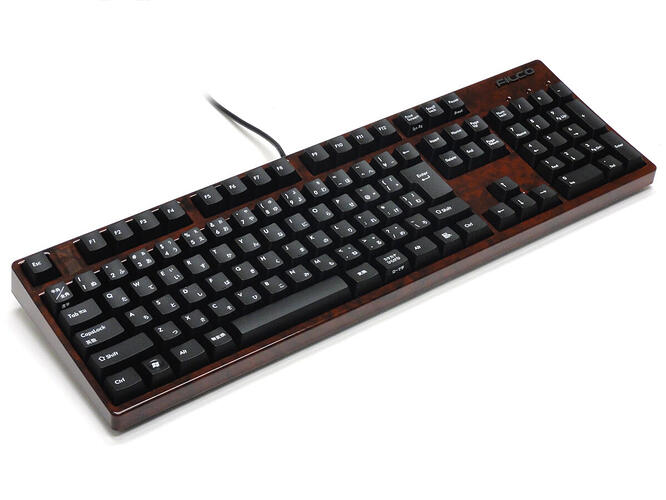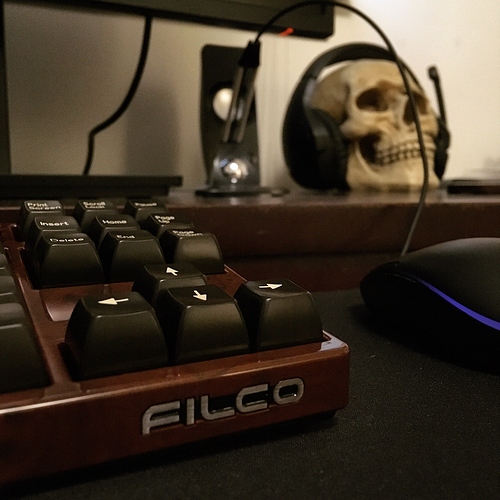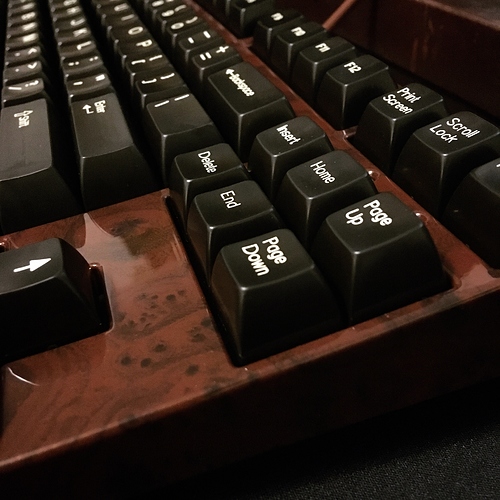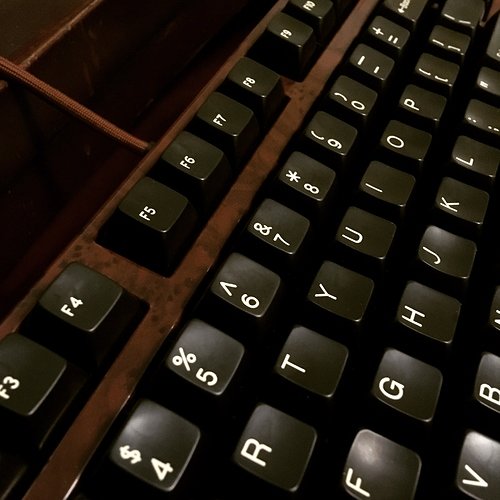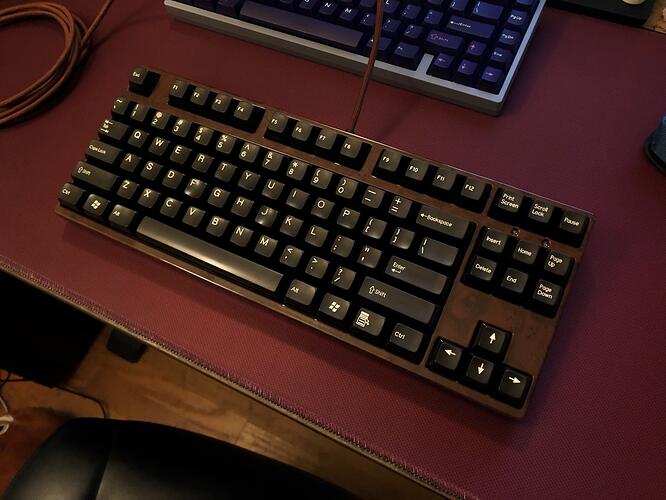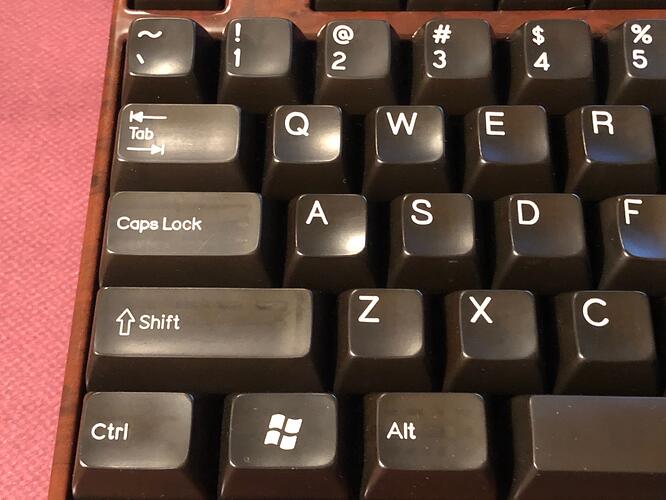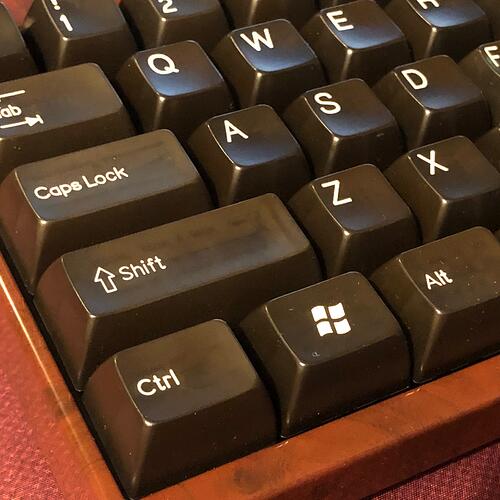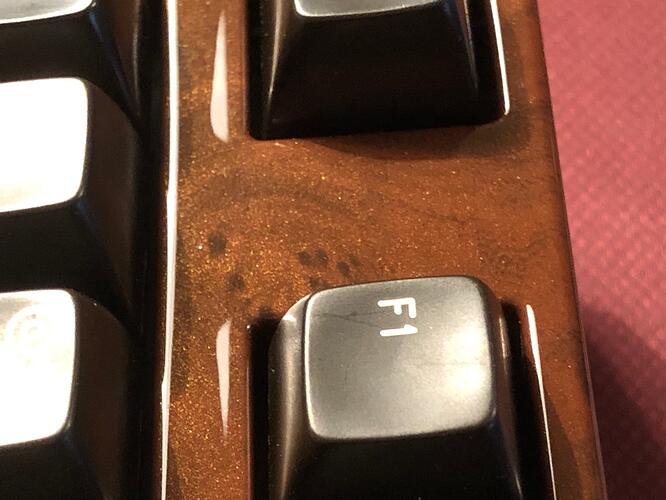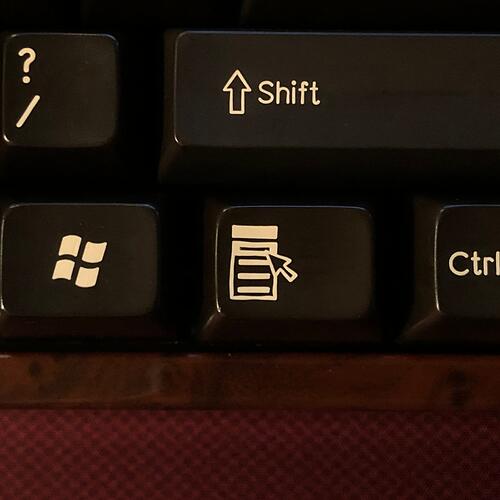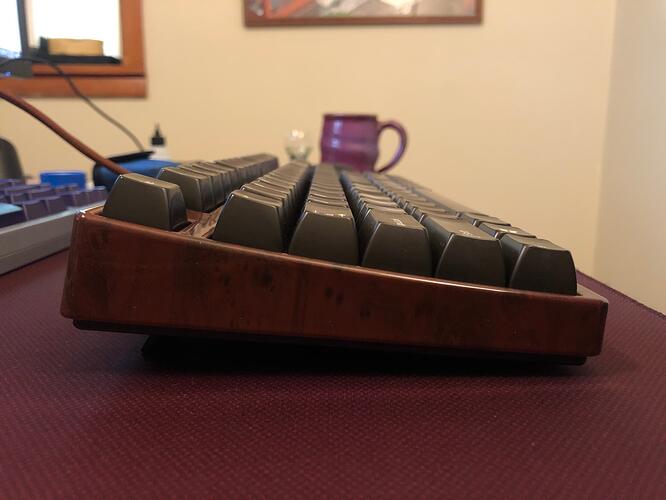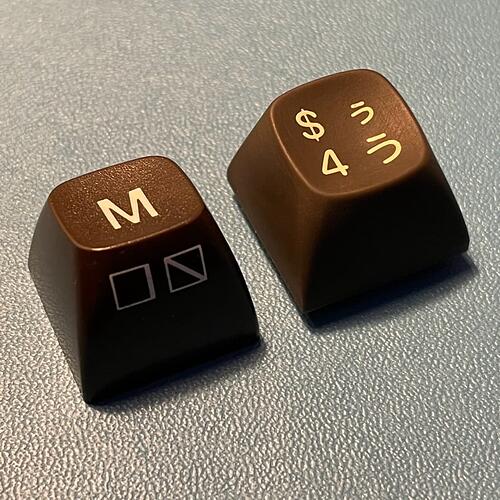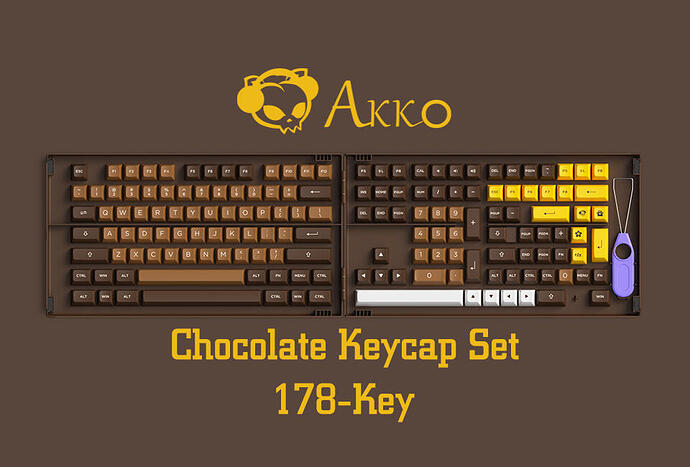I’ve had a very similar experience with my SA Filco keys as @HungerMechanic. It’s also been ages since I’ve used this keeb so I broke it out to type this response. 
All the phone photos here will make the colors look lighter than they really are, but this one least-so. Also if you look close, you might see the funny poop-emoji house shoes I’m wearing today. 
Physically, the keys themselves are amazing. They look straight from the late 70’s / early 80’s and like they’d last forever - like they’re made of billiard ball resin. They are heavier and more substantial than a typical cap, significantly more-so than Filco’s extra-thin stock caps. They’re already semi-polished so there’s not much concern in terms of shining them up - at least not on the alphas.
A shot to show the difference in surface texture; alphas are semi-polished while the mods have a more matte finish.
Wider keys do have a different surface quality - they’re also smooth, but the reflected light is more hazy. Swirling is a lot more common on these keys. This is generally true of all SP SA sets I’ve seen, and those keys will likely develop shine spots over time.
Note; the lighting in this photo is exaggerated to bring out details that would otherwise be very hard to see. There is a bright light shining directly on the caps, and the camera shutter is letting more light form this image than would happen in your eye. This helps to demonstrate the difference between the 1u alpha keys and the surrounding mods - and molding artifacts in the plastic are much more prevalent on the mods. This also makes extra-obvious that I need an air duster.
The color on these is amazing; these look like little cubes of rich dark chocolate. Why they sell this set as “black” I have no idea - this is the best looking brown I’ve ever seen on a keyset. This is one of my very favorite sets to look at.
A close look at both the case finish of the Kobo Classic Brown frame, and at one of the F-keys. Note the line on the surface; this is only really visible at a glancing angle like this with light reflecting right at you - this is either swirling or a scratch, not 100% sure which. Either way, it was like this from the bag. Yes, bag - packaging has been SP’s main weakness imo, and it does cause some damage.
Some of the legends have a slight wiggly quality to them, but nothing you wouldn’t see on some ancient caps; it’s most noticeable on the Menu key and its comparably complicated legend of a context-menu-with-cursor. Main legends look fantastic. There’s a touch of line-weight inconsistency on the legends with full words on them, but again nothing you wouldn’t see on some actual vintage caps, which the tooling for these was adapted from.
Aforementioned Menu key
In terms of usability and typing:
The fairly tall, mostly uniform profile took a little getting used to but wasn’t too bad for me; your mileage may vary. If you’ve typed on OEM and Cherry your whole life, these will definitely be weird at first. For me personally, the one reason I don’t type on this keyboard more often comes down to the space bar, and more specifically its total lack of texture. With my skin, it acts like a racing slick - it grips my thumb and doesn’t let it slide - which is bad for me because I tend to slide my thumb across the bar when using it. This would be a non-issue for someone that naturally pushes the bar straight down.
Sound-wise, I actually preferred the stock thin Filco caps on this particular keyboard; like HungerMechanic’s, mine has MX Browns, and I think the fat, heavy keys actually over-power them a bit. I agree these would probably be better suited to something like Blues - but also a well-tuned linear to bring out the impact sound. I’d like to try them with UHMWPE switches to see how they sound.
Here’s a recording of mine in stock form with these keys (Soundcloud is derping-out today so it’s good ol’ Vocaroo to the rescue):
SA space bars are famous / infamous for their “THUNK” sound. Some love it, some don’t - and some vendors like KBDFans sell foam inserts to mitigate it if you’re in the latter camp.
I put this keeb together before I knew a thing about tuning for sound, so the stabs are dry and rattly, but the 1u keys do make a satisfying heavy clack. A positive to Costar-style stabs is fewer friction surfaces, and all of them are plastic-to-metal, so there’s only reason to use one type of lube.
This is probably my favorite Signature Plastics keyset, and it’s an in-stock product that costs less than its more famous group-buy siblings.
